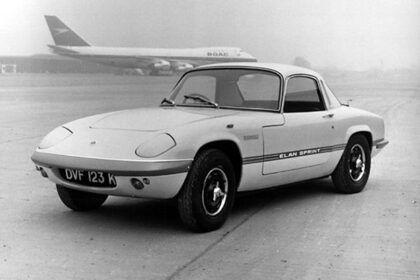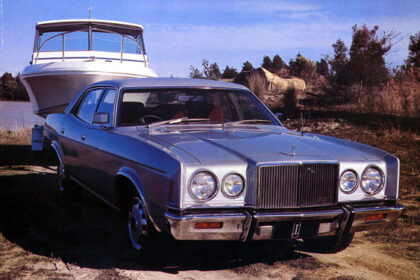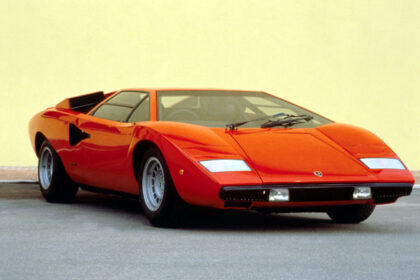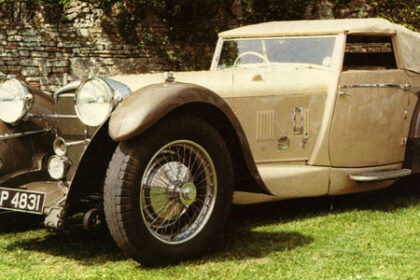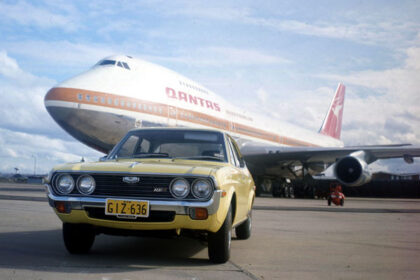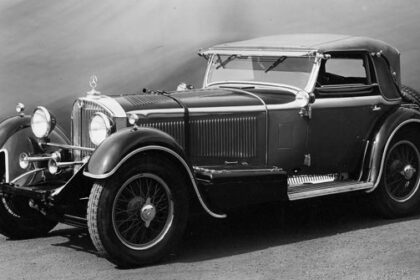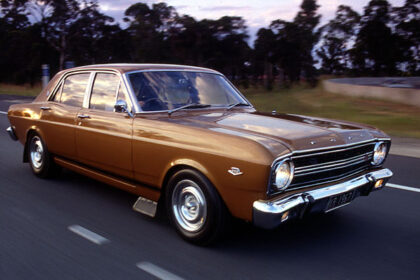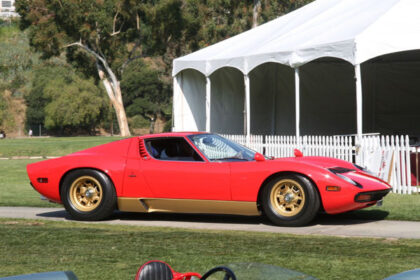ALFA ROMEO GIULIETTA SPRINT COUPE
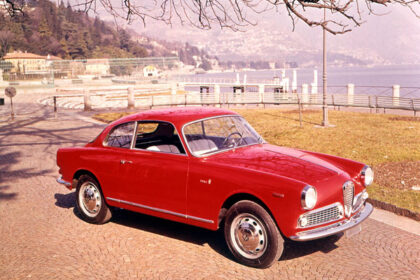
The Alfa Romeo Sprint Coupe came onto the market in 1954 as a replacement for Alfa’s first postwar production design, the 1900, which had been released in 1950. Prior to the 1950s, cars were a relatively small part of Alfa Romeo’s business, its main business being the manufacture of aircraft engines. In the 1920s and 1930s Alfa Romeo competed in many car races and were successful in Grands Prix, Mille Miglia and Le Mans on a number of occasions, soon gaining a reputation as the outstanding marque for the… Read more




